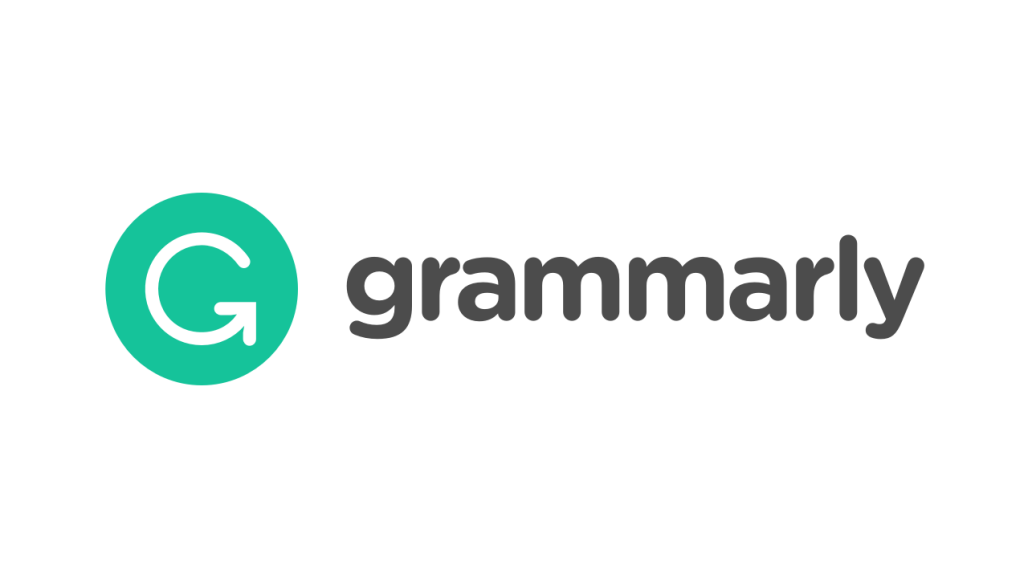KADAR GLIKOGEN HATI SETELAH LATIHAN AEROBIK DAN ANAEROBIK
Abstract
Penelitian ini mempelajari pengaruh latihan aerobik dan latihan anaerobik terhadap glikogen hati. Penelitian ini menggunakan “eksperimen laboratorik†dengan rancangan penelitian “Randomised Post Test Only Control Group Designâ€. Sebagai sampel adalah tikus putih jenis wistar sejumlah 30 ekor. Sampel dibagi dalam 3 kelompok dengan cara random masing-masing kelompok 10 ekor. Kelompok eksperimen 1 diberi perlakukan latihan aerobik dengan renang secara terus menerus selama 13 menit, kelompok eksperimen 2 diberi perlakuan latihan anaerobik berupa renang secara intermiten dengan 4 set dan rasio kerja : istirahat = 1:3, sedangkan kelompok kontrol tidak diberi perlakuan. Latihan dilakukan selama 8 minggu, dengan frekwensi latihan 3 kali per minggu. Glikogen hati diperiksa secara histologis dengan menghitung jumlah sel hati yang mempunyai kandungan glikogen dengan masing-masing skornya. Data dianalisis dengan statistik deskriptif, analisis varian pada taraf signifikansi 5 %, disimpulkan : (1) Latihan aerobik dalam penelitian ini tidak meningkatkan glikogen hati (2) Latihan anaerobik dalam penelitian ini tidak meningkatkan glikogen hati (3) Pengaruh latihan aerobik dan latihan anaerobik terhadap glikogen hati dalam penelitian ini tidak berbeda secara bermakna (p > 0,05).
Keywords
Full Text:
PDFReferences
Amir Oron, 2006. Low-Level Laser Therapy Applied Transcranially to Rats After Induction of Stroke Significantly Reduces Long-Term Neurological Deficits, Strok AHA Journals. 37: 2620-2624.
Anspaungh DJ, Hamrick MH, and Rosato FD, 1994. Wellnes. Toronto: Mosby Year Book Inc. pp. 161-164
Berger RA, 1982. Applied Exercise Physiology. Philadelphia: Lea & Febiger, pp. 48-49
Bompa, 1994, Teori and methodology training, WCB Brown and Benchmark.
Brooks GA and Fahey TD, 1987. Exercise Physiology Human Bioenergetics and Its Applications. New York : John Willey & Sons, pp. 33-87.
Cooper KH, 1993. Aerobik. Jakarta; Penerbit Gramedia.Fox EL, 1993. The Physiology Basis For Exercise and Sport. WCB Brown and Benchmark, pp. 12-37, 296,518.
Fox EL. Bowers RW and Fos ML, 1988. The Physiological Basis of Physical Education and Athletics. USA; Sounders College Publishing. Pp. 88-96, 604-630.
Gollnick PD, Armstrong RB, Saubert IV CW, Piehl K and Saltin B, 1972. Enzym Activity and Fiber Composition in Skeletal Muscle of Untrained Men, J Appl Physiol. 34 (5): 615-618.
Guyton, 1991. Tex Books of Medical Physiology. Philadelphia: WB Sounders Company, pp. 743-774.
Hanafiah KA, 1995, Rancangan Percobaan Teori dan Aplikasi, Jakarta: PT Raja Grafindo Persada, pp. 6-7, 187-2001.
Hoffman GL, Pederse BK, 1994. Exercise and the Immune System; a Model of the Stress Responese J. Immunologi Today, Volume 15 No. 8, pp 382-387.
Jacobs I, Westlin N, Karlson J, Rassmusson M, and Houghton B, 1982, Muscle Glycogen Diet in Elite Soccer Players, Eur. J Appl. Physiol. 48:297-302.
Jiro N, Low-level laser irradiation promotes the recovery of atrophied gastrocnemius skeletal muscle in rats. Exp Physiol, 94.9, pp. 1005-1009.
Lamb DR, 1994. Physiology af Exercise, Responsis and Adaptations, Second Editing, New York Macmillan Publishing Company, pp. 55.
Litvinova L, and Viru A, 1995. Effect of Post Exercise Sucrose Administration on Liver Glycogen Repletio in Rats. Ann Nutr Metab, 39:4 203-7.
Lorne H, 2004. Low-Intensity Laser Therapy for Painful Symptoms of Diabetic Sensorimotor Polyneuropathy. Diabetes Care, 27: 921-924.
Matsuo T, Yoshioka M, and Suzuki M, 1996, Capsaicin in Diet Does Not Effect Glycobent Content in The Liver and Skeletal Muscle of Rats Befor and After Exercise, J Nutr Sci Vitaminol. Tokyo: Jun 42:3 234-256.
Nieman DC, 1997. Exercise Immunology : Practical Aplication. Int. J. of Sport Med. Vol. 18, No. 1, pp. 91-100.
Medbo JL, 1993. Glycogen Breakdownand Lactat Accumulation During High Intensity, Acta Physiol. Scand, 149:85-89.
Pate RR, Mc Clenenghan B, and Rottela R, 1984. Scientific Fundation of Coaching.: sounders Collage Publishing, pp. 179, 217,301-305.
Pyke, 1990, Exercise Physiology Human Bioenergetics and Its Applications. New York : John Willey & Sons.
Russhal BS, and Pyke FS, 1992. Training For Sport and Fitness. Melbourne; The mcMillam Company.
Setyawan S, 1996. Pengaruh Latihan Fisik Aerobik dan Anaerobik Terhadap Respon Ketahanan Tubuh. Suatu Pendekatan Psikoneuroimunologik. Disertasi, Program Pasca Sarjana Unair, Surabaya.
Soekarman R, 1992. Enersi dan Sistem Enersi Predominan pada Olahraga, Jakarta; Koni Pusat, hal. 38.
Tambajong J, 1995. Sinopsis Histologi, Jakarta: Buku Kedokteran EGC, pp. 141-146.
Viru A and Smirnova T, 1995. Health Promotion Exercise Training. Sport Med. 19(2), pp. 123-136.
DOI: http://dx.doi.org/10.30742/jikw.v2i1.29
Refbacks
- There are currently no refbacks.
Copyright (c) 2017 Santika Rentika Hadi

This work is licensed under a Creative Commons Attribution-NonCommercial 4.0 International License.
Jurnal Ilmiah Kedokteran Wijaya Kusuma is licensed under a Creative Commons Attribution-NonCommercial 4.0 International License










